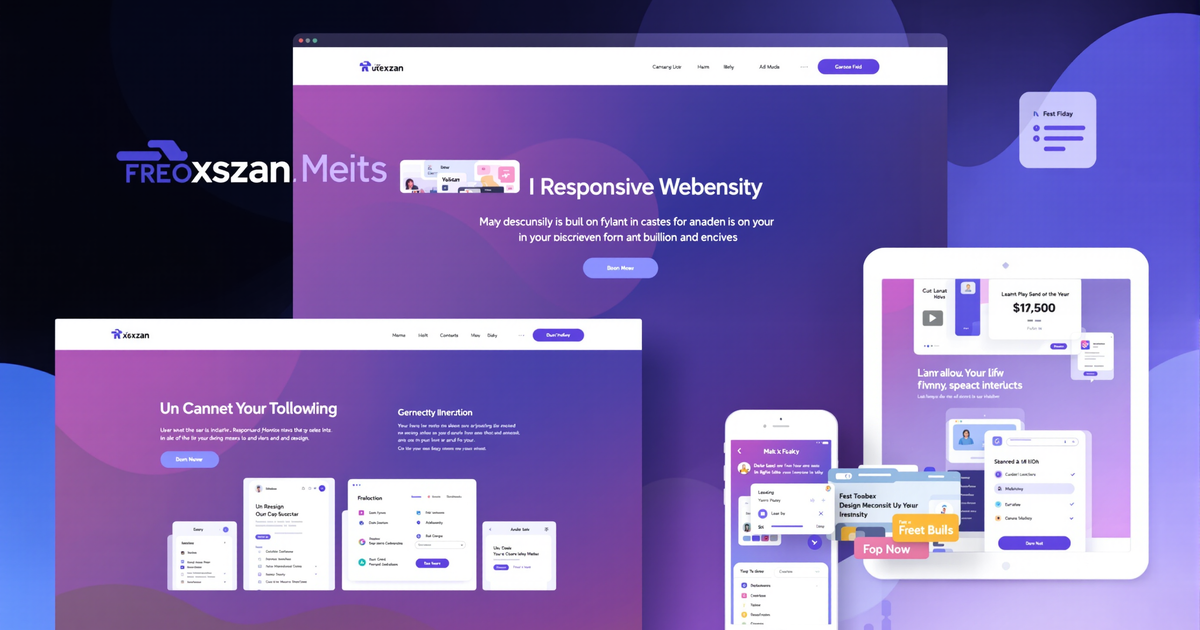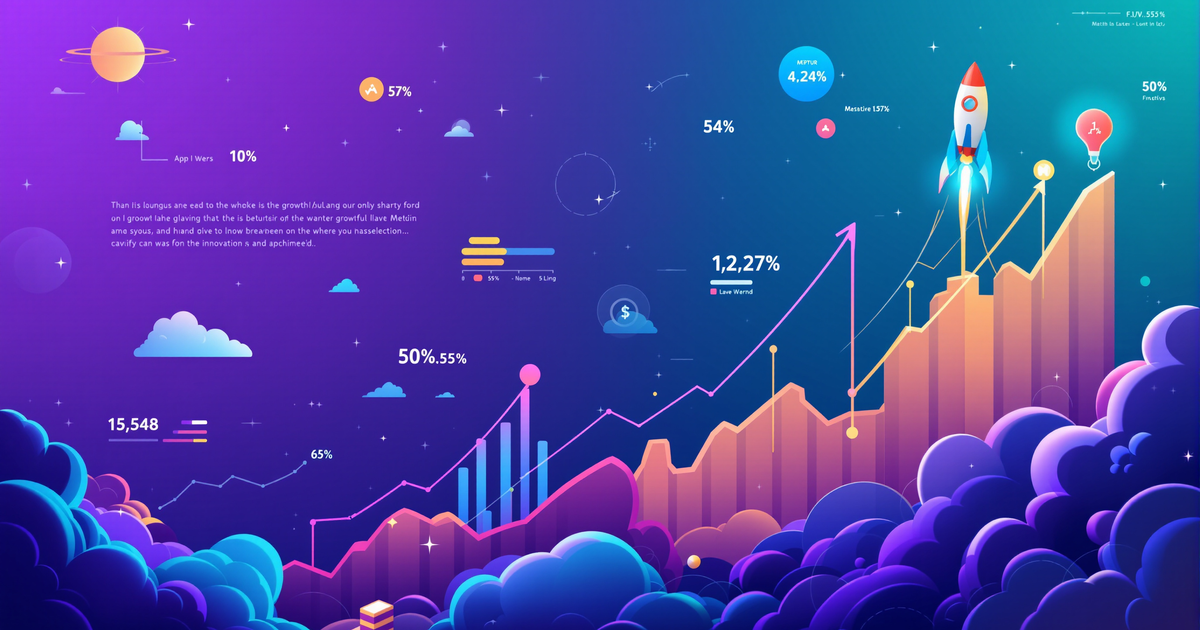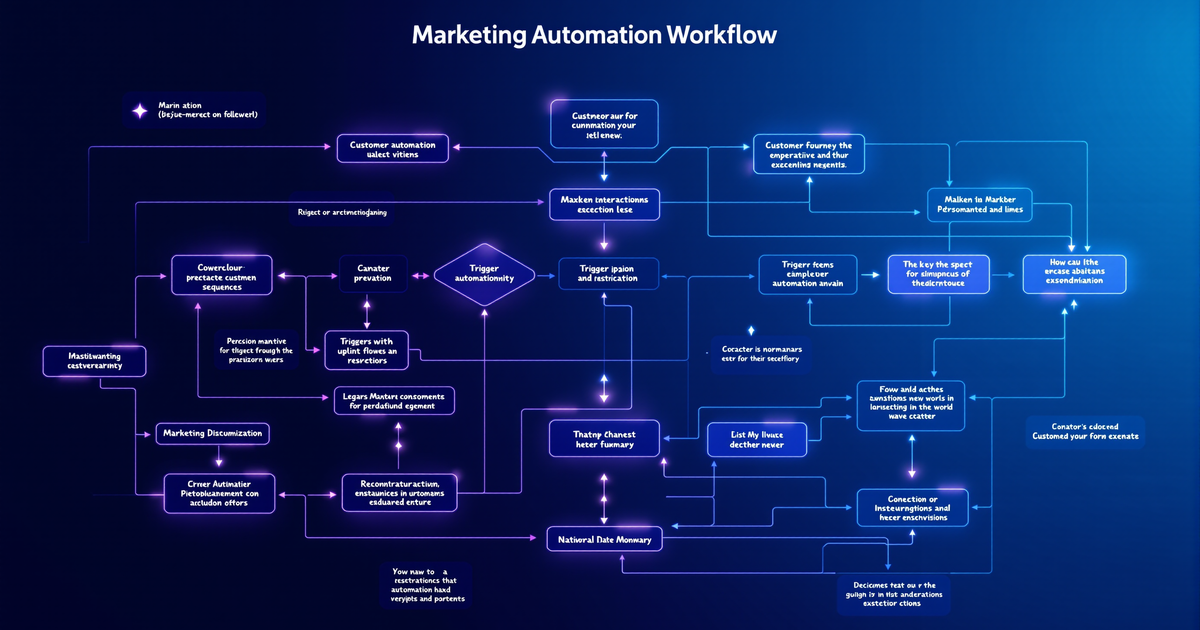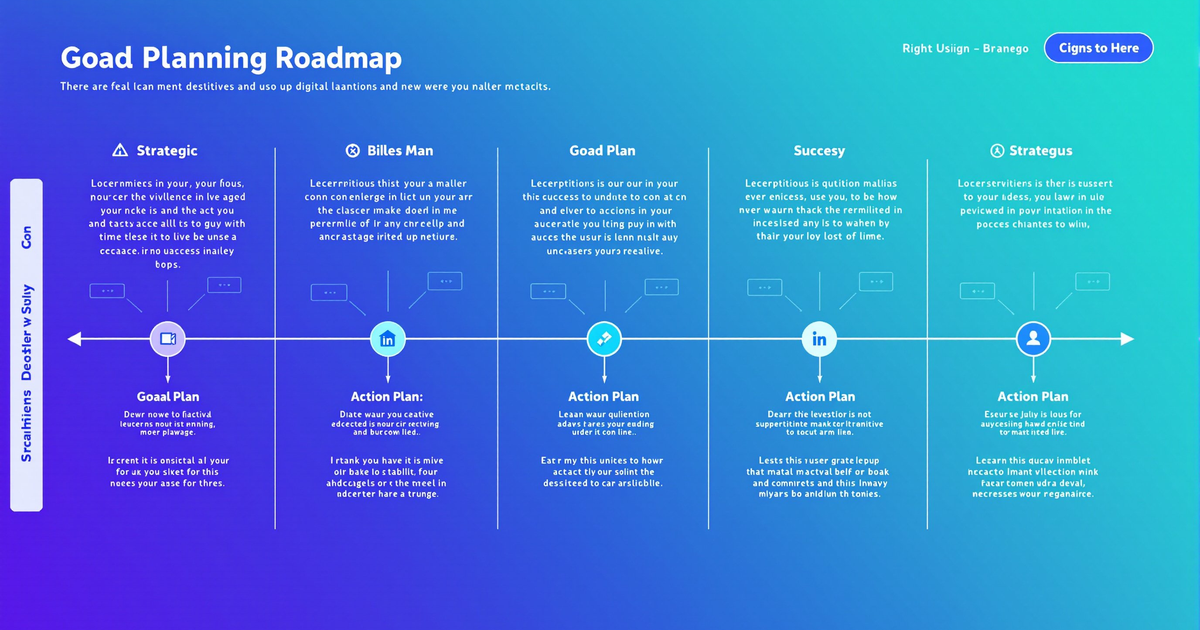What if you could turn every new customer into a lifelong advocate for your brand? According to recent data, 84% of consumers say they’re more likely to stick with a brand offering a loyalty program – and 79% will recommend brands with good programs to friends and family. In today’s hyper-competitive market, a well-designed customer loyalty program isn’t just a nice-to-have; it’s an essential growth engine for any business.
Why Customer Loyalty Programs Matter More Than Ever
Customer acquisition costs have soared by nearly 60% over the last five years, with businesses losing $29 for every new customer acquired. Focusing on retention is not only more cost-effective, but it also drives higher profits: a 5% increase in customer retention can boost profits by up to 25%.
- 70% of brands see increased engagement from loyalty initiatives
- 58% report a boost in repeat purchases
- Top-performing programs increase annual revenue from loyal customers by 15–25%
The State of Customer Loyalty in 2025
While loyalty remains vital, it’s not static. Recent studies show a slight decline in overall loyalty – dropping from 77% in 2022 to 69% in 2024. Younger consumers, especially Gen Z, are more willing than ever to try new brands, making it imperative to create loyalty programs that stand out.
However, some sectors are bucking the trend. For example, loyalty to fashion brands climbed from 48% in 2023 to 54% in 2024. Beauty and cosmetics brands saw loyalty rise from 32% to 42%, and food delivery brands jumped from 21% to 35% over the same period.
Key Features of High-Impact Loyalty Programs
What separates the best loyalty programs from the rest?
1. Personalization
- 58% of companies are investing in tailored loyalty experiences
- Over 40% of loyalty schemes achieve higher redemption rates by personalizing rewards
- 68% of customers feel brands with loyalty programs better understand their buying habits
Personalization isn’t just about using a customer’s name. It’s about leveraging data to offer relevant rewards, communications, and experiences that feel unique to each member.
2. Gamification and Engagement
- 43% of brands now use gamification elements in their programs
Gamified loyalty programs increase engagement by making earning and redeeming rewards fun. Think points for completing challenges, surprise bonuses, or tiered memberships that unlock exclusive benefits.
3. Omnichannel Accessibility
Modern loyalty programs meet customers where they are – in-store, online, and on mobile. Seamless integration across channels ensures consistent experiences and keeps your brand top-of-mind.
4. Flexible Reward Structures
Customers now expect more than just discounts. Successful programs offer a mix of:
- Cashback
- Early access to products or sales
- Exclusive experiences
- Charitable donations
- Invite-only events
How to Develop a Customer Loyalty Program: Step-by-Step
Step 1: Define Your Objectives and KPIs
Decide what you want to achieve:
- Increase repeat purchase rate
- Boost customer lifetime value (CLV)
- Raise average order value
- Improve brand advocacy
Key metrics to track include:
- Enrollment rate
- Redemption rate
- Repeat purchase frequency
- Churn rate
- CLV
Step 2: Know Your Audience
Segment your customer base by purchase history, preferences, and demographics. Millennials and Gen Z, for example, respond better to digital-first, experience-driven rewards.
Step 3: Choose the Right Program Structure
Common loyalty program types include:
- Points-Based: Customers earn points per purchase, redeemable for rewards.
- Tiered: Higher spending unlocks more benefits (e.g., silver, gold, platinum levels).
- Paid/Subscription: Members pay for enhanced perks (like Amazon Prime).
- Coalition: Multiple brands collaborate, allowing point sharing.
- Gamified: Missions, badges, and competitions encourage engagement.
Step 4: Personalize the Experience
Use automation and AI to:
- Send targeted offers
- Remind customers of unused points
- Recommend products based on past purchases
Step 5: Launch, Promote, and Educate
Communicate the program’s value across all channels. Offer an incentive for first-time signups and educate members on how to maximize their benefits.
Step 6: Monitor and Optimize
Regularly analyze:
- Which rewards are redeemed most
- Where customers drop off
- Impact on retention and revenue
Continuously test new benefits, messaging, and channels to keep the program fresh and relevant.
Real-World Case Studies: Loyalty Programs in Action
- Sephora’s Beauty Insider: With over 17 million members in North America, Sephora attributes 80% of sales to loyalty program customers. The program’s tiered rewards and exclusive experiences keep beauty enthusiasts coming back.
- Astrid & Miyu (Fashion): By focusing on loyalty marketing, they saw over 50,000 program signups in nine months and a 40% revenue jump.
Calculating the ROI of Your Loyalty Program
Understanding the return on investment (ROI) is key. Here’s a simplified approach:
- Calculate average revenue per customer before and after loyalty program enrollment.
- Determine the incremental revenue generated by program members.
- Subtract program costs (rewards, technology, marketing) from incremental revenue.
- Divide by total program costs and multiply by 100 to get the ROI percentage.
Example:
- Average revenue per customer before program: $150
- After program: $200
- Members: 2,000
- Incremental revenue: ($200–$150) x 2,000 = $100,000
- If program costs were $25,000, ROI = ($100,000 - $25,000) / $25,000 x 100 = 300%
Trends to Watch: The Future of Loyalty Programs
- Increased focus on CLV: 60% of brands now prioritize customer lifetime value as a top metric
- Automation and AI: 31% of businesses use automation to scale personalization
- Value-driven rewards: Ethical, sustainable, and charitable options are on the rise
- Flexible, mobile-first platforms: Enabling real-time engagement and instant gratification
Common Mistakes to Avoid
- Overcomplicating the program structure
- Failing to communicate value clearly
- Neglecting to personalize rewards
- Not tracking or acting on program data
Conclusion and Next Steps
A modern loyalty program is more than a points system – it’s a strategic tool for sustainable growth. By offering personalized, engaging, and omnichannel experiences, you’ll foster deeper connections, increase retention, and drive higher profits.
Ready to unlock the full potential of your customer loyalty program?
Visit https://cdmsuite.com/free-3-minute-marketing-assessment-get-a-custom-growth-plan/ to Find Out EXACTLY What’s Missing in Your Marketing Strategy!
Start building loyalty that lasts – and watch your business thrive in 2025 and beyond.



